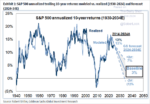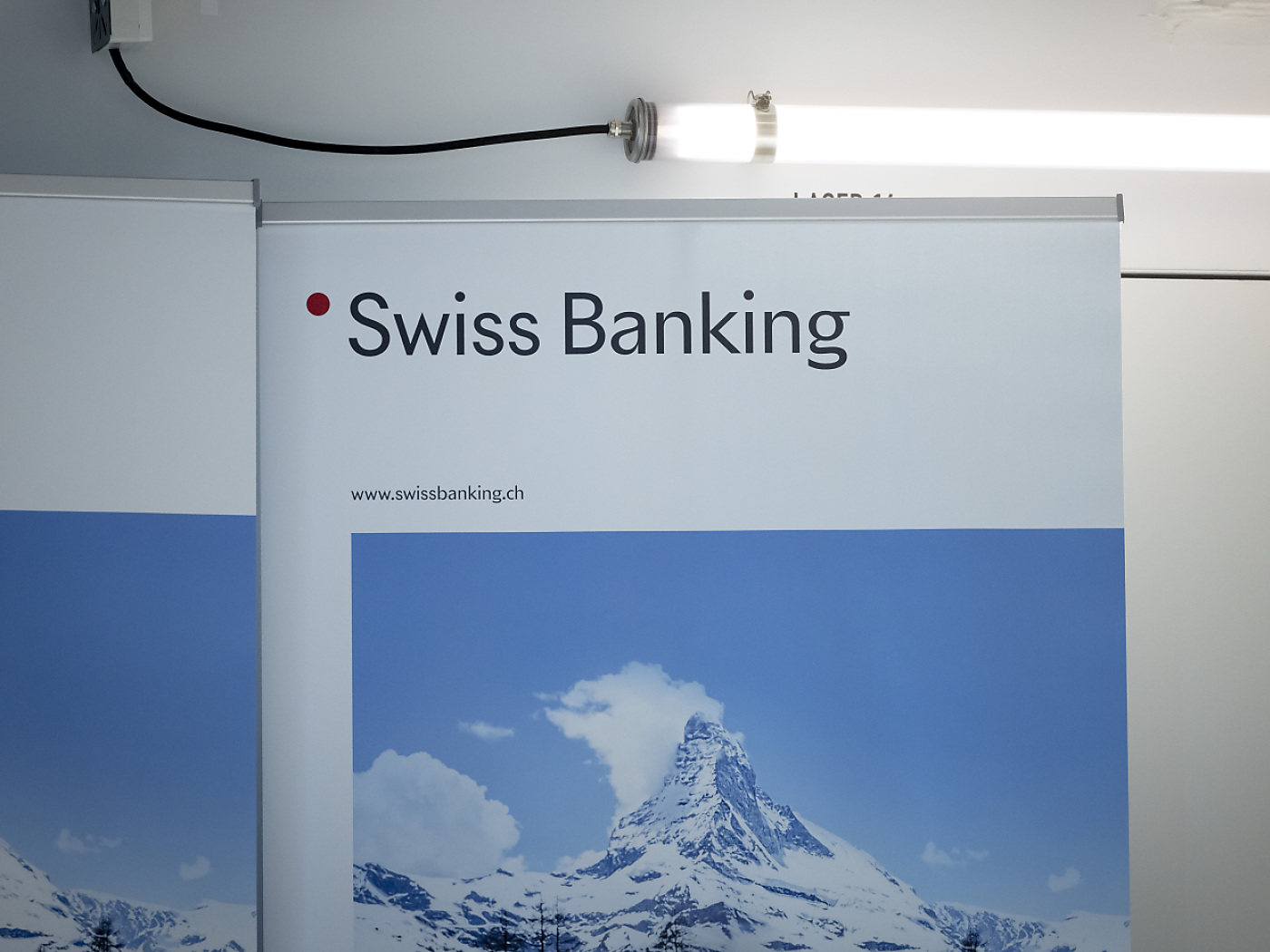 The most important economic report in the week ahead is the US December Consumer Price Index on January 12. To be sure, the Federal Reserve targets an alternative measure, the deflator of personal consumption expenditures. However, in this cycle, when households, businesses, investors, and policymakers are particularly sensitive to inflation, CPI, which is reported a couple of weeks before the PCE deflator, has stolen the thunder. In explaining the surprise acceleration to 75 bp rate hikes in the middle of last year, Fed Chair Powell cited the CPI (and the preliminary results of an inflation expectations survey conducted by the University of Michigan).
The most important economic report in the week ahead is the US December Consumer Price Index on January 12. To be sure, the Federal Reserve targets an alternative measure, the deflator of personal consumption expenditures. However, in this cycle, when households, businesses, investors, and policymakers are particularly sensitive to inflation, CPI, which is reported a couple of weeks before the PCE deflator, has stolen the thunder. In explaining the surprise acceleration to 75 bp rate hikes in the middle of last year, Fed Chair Powell cited the CPI (and the preliminary results of an inflation expectations survey conducted by the University of Michigan).
The issue is no longer being framed about the peak of US inflation but the pace at which it will converge to the target. Fed officials and the December FOMC minutes have pushed hard against the easing of financial conditions and the expectation of a rate cut later this year. The reaction function of the Federal Reserve to the continued strength of the labor market, which is not just about wage-push inflation but also the demand for core services, and what appears to be above trend growth, warns that the risk of another 50 bp rate hike is greater than what current pricing suggests. The market seemed to focus more on the softer than expected average hourly earnings in the December jobs data more than the downtick in the unemployment rate to 3.5%, the cyclical low post-Covid and the 717k jobs reported by the household survey. Financial conditions are the easiest since mid-September.
The December CPI will help shape market expectations for the FOMC meeting that concludes on February 1. The pricing in the Fed funds futures implies the market favors a quarter-point move and sees about a 25% chance of a half-point move. Subjectively, we suspect the risk is somewhat greater, and not because we have any special insight into the CPI figures. Rather it comes from game theory insight into incentives. A 50 bp hike would underscore the FOMC’s resolve, and perhaps boost its anti-inflation credentials that some believe have been tarnished. Those credentials could be useful when the Fed signals it is pausing even though inflation will most likely still be well above target. A half-point move would signal determination to bring the terminal rate above 5%.
The terms of the inflation debate have shifted. It is not whether it is has peaked. Barring a new shock, this seems consensus. The key policy issue now is how fast will it slow. The median forecast in Bloomberg’s survey is that the CPI was unchanged in December. That would put the Q4 annualized pace at about 2%, the same as in Q3. Recall in Q1 and Q2 last year, the annualized pace was more than 10%. The year-over-year rate would slow to 6.7% from 7.1%.
The core rate is projected to rise by 0.3%. It would mean at an annualized pace in Q4, core CPI rose around 3.2%. That is down from around 4.5% in Q3 and 8.4% in Q2. The year-over-year rate would slow to 5.7% from 6.0%.
While price trends appear to be moving in the right direction, the Fed cannot be confident that the momentum can be maintained. The economy is showing great resilience. The Fed correctly saw through the contraction in H1, and although it has continued to tighten policy, the economy appears to have finished the year on a robust note. Growth possibly exceeded 3% (at an annualized rate) for the second consecutive quarter. The median projection by Fed officials last month was that long-term non-inflation growth is around 1.8%. Fed officials seemed adamant in the December minutes that premature easing of financial conditions would be resisted. Financial conditions have become easier and ahead of the weekend, with the dramatic equity rally, the sharp decline in US rates, and the dollar’s sell-off, financial conditions eased to levels last seen in mid-September.
A 50 bp move would at the same time, give it room to maneuver at the upcoming meetings. It can choose between front-loading this year’s work or net additive
The international economic environment is uncertain and greater flexibility may be helpful. The length and extent of the economic disruption from China’s abandonment to its zero-Covid policy early last month is not clear. The ECB and the Bank of England warn that their respective economies are likely contracting and will do so into next year. The ECB seems somewhat more hopeful that the recession can be short and shallow. February WTI tested the lows for the year in mid-December around $70 a barrel, around where the US said it would consider replenishing the Strategic Petroleum Reserves. The upper-end of the range that has dominated in the past six-months extends a little above $90.
On real broad-trade weighted terms, the dollar fell by about 1.9% in December, its largest monthly decline since June 2020. In the fourth quarter, the greenback fell by more than 5% against the other G10 currencies but the Canadian dollar. The dollar’s heavier tone is consistent with the modest easing of US financial conditions over the past two months. A 50 bp hike would not be accelerating the dollar’s appreciation, as was the case earlier this year, when it aggravated inflation pressures, like higher food and energy prices for other countries. In turn this encouraged tighter monetary policy and slower growth.
One thing that seem fair to say about inflation expectations is that they are not particularly accurate. This seems as true of the market-based measures as surveys. As we noted, Powell referred to the University of Michigan’s survey. Last January, the one-year inflation was put at 4.8%. It stood at 4.4% in the final December reading. January 2023 preliminary results are due on January 13, the day after the CPI release.
Officials seem to put more stock in the longer-term expectations (5-10-years). Before Covid struck, it stood at 2.2% (December 2019). Before Russia’s invasion of Ukraine, it was at 3.1% (January 2022). It finished last year at 2.9%. The 5- and 10-year breakeven rates (the difference between the inflation-protected and the conventional notes) were little changed in December. The five-year breakeven was off less than two basis points to 2.38%, while the 10-year breakeven slipped almost four basis points to slightly below 2.30%.
For the record, Bloomberg’ survey found a median forecast for CPI to end this year at 4% before falling to 2.5% in 2024. The median forecasts for PCE deflator are around 3.5% and 2.3%, respectively. The Fed’s Summary of Economic Projections has a median for the PCE deflator of 3.1% this year and 2.5% next year.
The New York Federal Reserve does its own survey of consumer inflation expectations. The December results will be published on January 9. In December, the one-year inflation expectation fell by 0.7% to 5.2%. The three-year expectation eased by 0.1% to 3.0%. The five-year inflation expectation slipped 0.1% to 2.3%.
II
China is expected to report December data. It is unlikely to have much impact. The disruption from its Covid policy reversal is generally recognized. Some traffic data cited suggests that there has been increased activity in some large cities, like Beijing, that some suggest is past the peak. Still, the experience from other countries would warn of another wave. In any event, sometime in the spring, many observers anticipate the world’s second-large economy will get a bounce from the re-opening but also from the additional stimulus that the government is expected to provide.
The earlier indications suggest that the common Covid variant in China (so far) is the Omicron. That would appear to rule out a new variant that makes it milder since the end of November. If the zero-Covid policy was not reversed because of that, what prompted the decision? We suspect that it was failing. It may have been slowing the spread of the virus, but it was deterring economic activity. Many accounts focus on the breakdown of property market and reports suggest that Beijing is about to take fresh initiatives to reanimate the sector by allowing large developers to boost leverage, borrow more money, and take longer to reach the new targets. However, slowing Chinese growth challenges the very essence of the Communist Party pact with the people.
Allow the dictatorship of the people (Chinese Communist Party membership estimated around 96 mln) and it will deliver the goods in a literal sense of increased living standards. China’s per capita GDP rose nearly 12-fold in the 20 years through 2021. In the previous 20-years, per capital GDP rose by about 5.3-times. The slowdown is even more noticeable in the past 10-years under Xi. In the decade through 2021, per capita GDP rose 2.2-times, the weakest decade since the start of Deng Xiaoping’s reforms.
The yuan fell by nearly 7.9% against the US dollar last year. It was the first annual loss in three years. Some argue that with growing trade surplus, the yuan should have risen. The December trade figures are due on January 13. However, through November, it recorded a surplus of nearly $800 bln. That compares with a $577 bln surplus in the first 11 months of 2021. Still, it seems well more complicated than that, and the lack of transparency befuddles attempts to square the proverbial circle. Are all the activities of state-owned banks really activities of the state? What is the role of China’s shadow banking? How does conducting more trade in yuan impact the pressures on the exchange rate? How are hedges of foreign portfolio investments in China reflected in balance-of-payments analysis?
In any event, it seems beyond doubt that the yuan is a closely managed, even if all the particulars are not known. For businesses and investors, the important question may not be so much how Beijing manages the exchange rate, as if it must be consistent over time, but where it is headed. As a useful rule of thumb, we think that directionally, Beijing wants the yuan to track broad dollar moves. While central bank officials say that it seeks a broadly stable exchange rate, it refers to a trade-weighted basket (CFETS, China Foreign Exchange Trading System). To simplify matters, we think it is useful to expect the yuan to move in the same direction as the yen and euro against the dollar, with a little more weight given to the euro. That said, investors want to look past Covid and is hopeful that after several rounds of government initiatives, the property market may stabilize, and the yuan posted independent gains to start the new year.
Full story here Are you the author? Previous post See more for Next postTags: $CNY,China,Featured,federal-reserve,inflation,newsletter




















